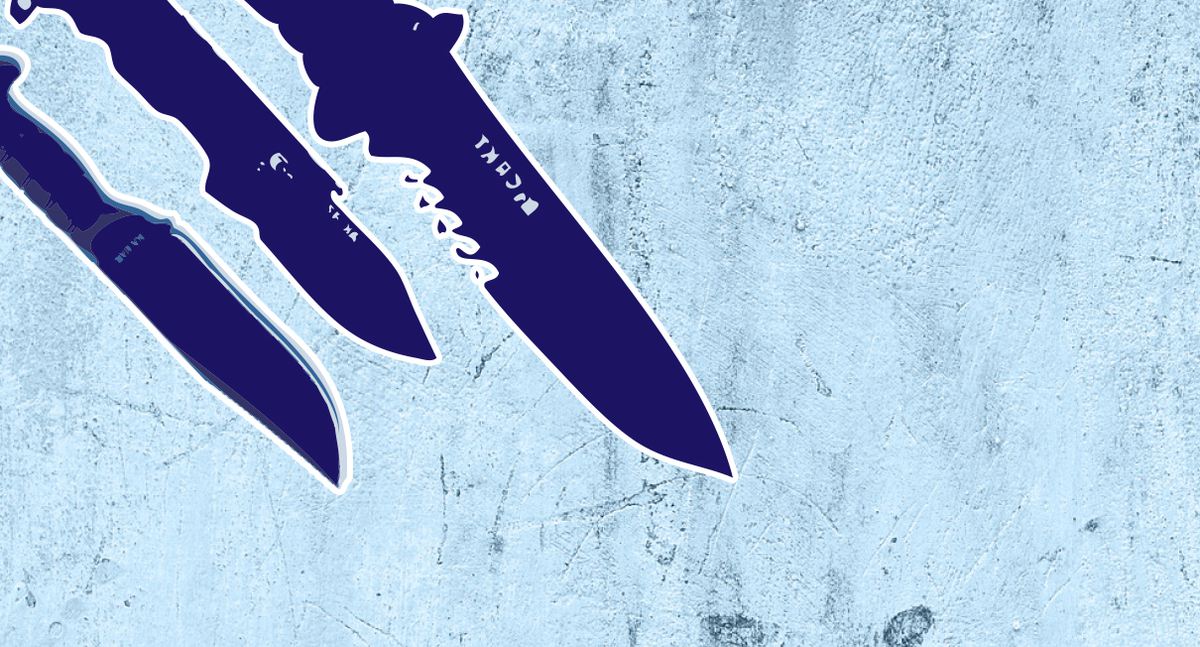Along with my flashlight, my knife is one of the most important parts of my EDC lineup. From opening packages, slicing and preparing food, and turning big things into littler things, not a day goes by without me having to take it out for some task or another. As with any tool though, it’s not going to be useful if it’s not in good shape. As such, let’s go over some of the more important points to keep your blades in great working condition.
Clean them off after use.
Unless you have a titanium or ceramic blade, you’re running a steel blade. Whether it’s one of the cheaper steel recipes, or something exotic (and possibly Scandinavian), no steel is immune from corrosion. Moisture, particularly if left on for a while, can stain a blade, or worse, pit the surface. At the very least, wipe off your blade after using it. If you can, give it a wash, and more importantly, dry it well after you do. Don’t put it away damp, and if it’s a folder, make sure the inside is dry as well. Frames and scales can be prone to the same kind of damage that your blade can suffer, and rust can bind up pivots, screws, and other parts you’d much rather keep unstuck.
Don’t just cut on any surface you find.
Good steel is a compromise between hardness and toughness. Regardless of the composition though, the fine edge of a well-kept blade is no match for your average dinner plate. There’s a reason sharpeners have ceramic stones, and that’s because they tend to make short work of steel–that stuff is pretty hard. Even a gentle stroke edgewise on a plate is enough to roll the edge over and mess it up to the point where you’ll have to sharpen it. The same goes for other metals. Your knife might have some great steel on it, but there’s just so little of that steel on the working part of the blade, that it’s actually quite fragile. Do your knife, your sharpening kit, and yourself a favor, and stick to a cutting board, a piece of wood, or something reasonably soft to do your cutting on. Oh, and don’t use cardboard. That tends to have clay particles in it, and those are no good for your edge either.
Sharpen your edge.
This might seem obvious, but part of keeping your knife useful is keeping it sharp. It’s of course obvious that you sharpen your blade, but don’t use just any sharpening implement you find. You know what I’m talking about–those things with the crossed ceramic sticks in a little holder. Call me a purist, but probably the only time I would use those is if there was absolutely nothing else available and I had to cut something with absolute urgency, and I didn’t care much about the knife I would be putting through it. You can bet I’ll take a proper stone to that knife when I have the time to anyway.
Personally, I use the Lansky kit, but there are many great ones available. You could also try to go freehand, with a quality stone, but it’s a lot harder to learn to do well, and takes quite a bit of practice, so be warned. There are many techniques available, but the most important thing is to know what you’re doing, which will only happen with practice. Remember, a sharp knife is safer than a dull one. If you want more details, we’ll do a sharpening guide soon, so stay tuned!
Take it apart every once in a while.
Folding knives eat up a lot of dirt. Lint, dirt, sand, random bits of whatever was in your pocket: all
these things can get caught in the frame, and stay there. These can then cause rusting, crud up the moving parts, or bind up screws. Frames that don’t have a skeletonized or flow-through design are particularly prone to this, but every knife can benefit from a quick tear-down, cleaning, and rebuilding every so often. Now, this isn’t always the easiest task, particularly if your knife has a complicated locking system, or is of the automatic variety. Still, it’s not yours until you mess with it, and taking it apart to the last screw is great for that purpose as well.
Store them properly!
Let’s face it: very few of those reading this article will have just one knife, and while I espouse always having a blade on you, carrying your whole collection is just absurd. This means the rest of them will have to go into storage. When I put my knives away for a long period, I like to give them a light coat of oil, and keep them in a fabric wrap, or the band it came in, if it did. Foam is an option as well, though be aware that open-cell foam will suck up any oil you put on your blade. Keep it away from leather, as that attracts and traps moisture. These bundles then get labeled, and placed in a drawer for later retrieval.
Knives are great tools, and wonderful things to collect. I do hope this guide allows you to keep yours in tip-top shape, and ready for anything life might throw at you!
Also published in GADGETS MAGAZINE April 2017 Issue.
Words by Ren Alcantara
